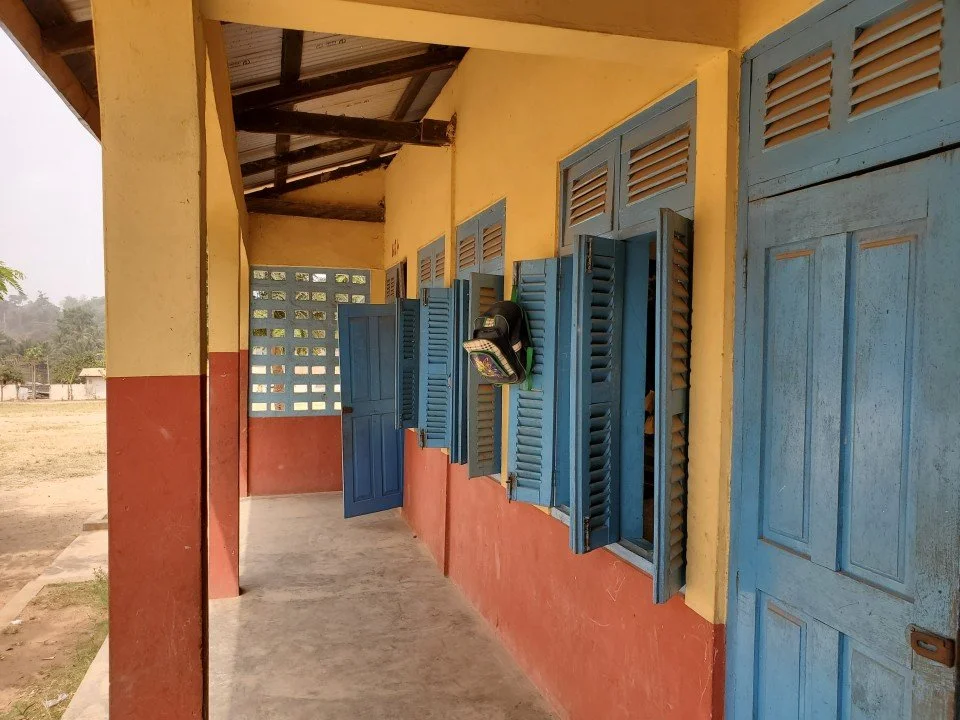Closing the Homework Gap Must Become a Global Imperative
One of the many damaging aspects of the COVID-19 pandemic is its impact on children and young people lacking broadband connectivity at home. This is a problem that impacts every type of community, in the US and around the world, but is more pronounced in low-income and rural communities. As part of the next round of COVID-19 legislation, the U.S. Congress should fund connectivity and devices for school children and teachers lacking broadband at home. The FCC needs to clarify that its schools and libraries universal service program can support online learning at home. Moreover, the COVID-19 pandemic demonstrates that governments and the major international organizations need to prioritize extending connectivity to both schools and school children at home. To meaningfully address the homework gap, we need to move beyond basic mobile connectivity and instead ensure that all students have access to a high-speed connection providing unlimited data consumption and a connected device adequate for distance learning.
A recent report from Commonsense Media and the Boston Consulting Group reports that a startling 14-15 million school children in the US lack a fixed broadband connection at home. According to this report, the homework gap significantly affects every state and every type of community, but it is more pronounced in rural communities and for Black, Latinx, and Native American households. To support online learning, this report correctly concludes that a student must have both a broadband connection (defined in the US as providing 25Mbps/3Mbps throughput and allowing unlimited data consumption) and a connected device “adequate for distance learning (i.e., laptop, computer, or tablet).” Online learning in the age of COVID-19 demonstrates that smartphones on metered mobile data connections don’t cut it.
A flood of disturbing new data in the US is coming out on the impact of the COVID-19 pandemic on learning. The Washington Post reports that school attendance, academic performance, and students’ emotional wellbeing are declining because of COVID-19-related school closures and students’ lack of connectivity at home is one important factor. According to the Washington Post, “[m]ost of the research concludes students of color and those in high-poverty communities fell further behind their peers, exacerbating long-standing gaps in American education.” School districts are literally losing track of students, who are not showing up to online learning. Truancy is up; college applications are down.
Prior to the COVID-19 crisis, we had thought of the “homework gap” – in essence the situation in which a child or young person has high-speed internet access at school, but not at home – as a developed market phenomenon. But the homework gap is also a global problem. School closures around the world have demonstrated the importance of high-speed connectivity for children, both at school AND at home.
The global impact of the COVID-19 pandemic on access to education is jaw dropping. According to a report commissioned by United Nations Children’s Fund (UNICEF) and the International Telecommunication Union Development Sector (ITU-D), 2.2 billion or 67 per cent of children and young people aged 25 years or less lack internet access at home. Differences are stark between rich and poor countries, with 94 per cent of children and young people in low-income countries lacking internet access compared to 13 per cent in high-income countries.
With so many school children already lacking internet access at home, the impacts of prolonged school closures are bound to be devastating. Based on an August 2020 United Nations policy brief, school closures and learning disruptions resulting from the COVID-19 pandemic have impacted 94 per cent of the world’s student population; in low and lower-middle income countries, up to 99 per cent of the student population have been affected. This amounts to nearly 1.6 billion learners in more than 190 countries and all continents, producing the largest disruption of education systems in history. According to the United Nations Development Programme (UNDP), as a result of school closures and lack of affordable broadband, 60 per cent of children are not getting an education, leading to global levels not seen since the 1980s. According to the UN’s policy brief, some 23.8 million children and youth (from pre-primary to tertiary schools) may drop out or not have access to school in the coming year because of the pandemic’s economic impact alone.
Led by the ITU and UNICEF, Giga is an initiative to connect every school in the world to the Internet. As ambitious as this sounds, connecting every school should be viewed as a good first step to connecting every child at home. The COVID-19 pandemic demonstrates that governments need to prioritize extending connectivity to both schools AND school children at home. All students should have access to a high-speed connection providing unlimited data consumption and a connected device adequate for distance learning. These should be our new goals.

